In the mid-1980s, a group of scientists first discovered that there was a natural decrease in fertility as a woman aged. By studying different populations from as early as the 1600s (when contraception was not an option), these scientists were able to show that fertility rates declined gradually as the age of the female partner increased between 20 and 35—and then fell briskly after about the age of 37.
By age 45, nearly all women were no longer fertile. In the setting of fertility treatment, this same pattern of age-related decline is seen. Even with the use of aggressive fertility treatments such as IVF, pregnancy rates decline after age 37 and drop dramatically after age 40. At age 45, the chance of a having a baby after IVF treatment is estimated to be <5%.
These findings begged the question: Is the problem in the eggs or the uterus? At first, the answer was not clear. But because of years of research, it is now known that the eggs are the primary culprits.
It turns out that the egg drives most of the critical events that are necessary to produce a pregnancy. These include ovulation, fertilization, cell division, and implantation—all of which are demanding processes which are more difficult for aging eggs to accomplish. If any of these processes goes awry, pregnancy is not possible.
Since the majority of women will continue to ovulate nearly up to the time of menopause, in most cases, the problems start at fertilization when the egg needs to get rid of half of its DNA to make room for the DNA carried in by the sperm. Errors at this point lead to abnormal embryos which are destined to fail, leading to lack of implantation or, worse yet, implantation of a chromosomally abnormal embryo. This is why older women are at higher risk for miscarriage and pregnancies with chromosomal abnormalities like Down’s Syndrome.
An effective way to overcome the egg-related decline in fertility is through use of donor eggs. Because of this technology, infertile and even menopausal women in their 40s and 50s are able to have successful pregnancies and give birth to healthy babies.
Interestingly, women in their 50s are nearly just a likely to have good outcomes from donor egg IVF as women in their 30s and 40s. On the other hand, if a woman in her 40s uses her own eggs to produce embryos which are then placed into a younger gestational surrogate’s uterus, pregnancy rates are low and miscarriage and chromosomal abnormality rates are high. This is how we know that the problem is in the eggs and not in the uterus.

